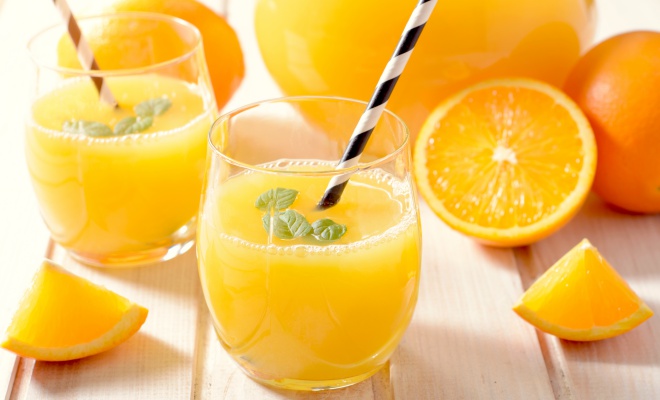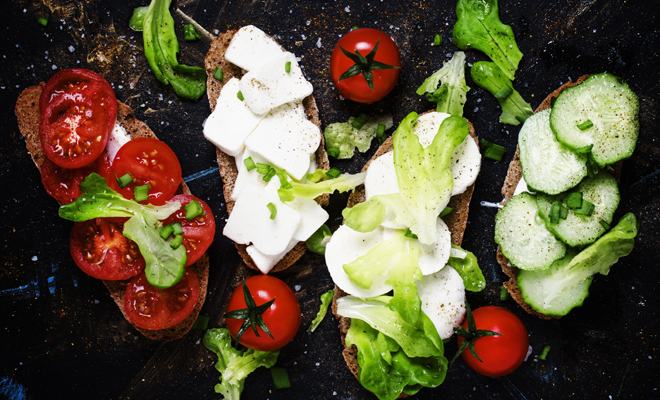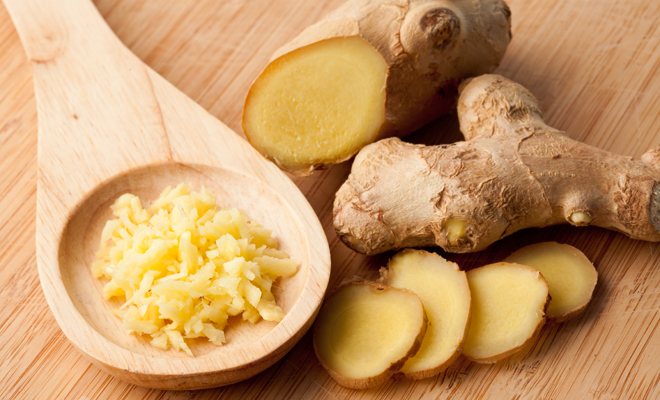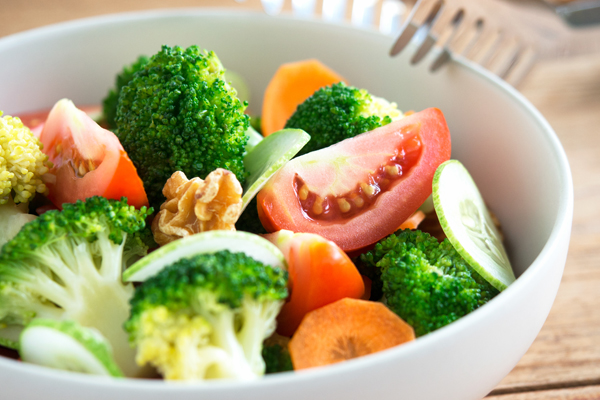You probably think it’s all the same. That a whole piece of fruit is equivalent to that same blended fruit, but no. No matter how freshly squeezed it is and no matter how natural it is, the juice contains much less properties and vitamins than the whole fruit. In fact, most nutritionists compare eating whole fruit or juice to playing a football game or watching it on television. This is so because for experts, the sugars that are present in fruit juice are considered “free sugars”, which are believed to be involved in the appearance of chronic pathologies. In addition to this, there are many other scientifically proven reasons why Consuming a whole piece of fruit is NOT as healthy as eating it in the form of juice. We reveal them to you!!!
Why isn’t it the same to take the whole fruit as it is in juice?
We remove nutrients
Fruits themselves contain numerous nutrients. They are basically made up of water, fiber and countless vitamins, as well as natural sugars known as fructose. When making up a whole, it is essential to consume whole fruits if what we want is to benefit from these nutrients. When we squeeze them to make a juice, it is inevitable that some vitamins and minerals are lost along the way, since they remain in the pulp that we are not going to drink.
Peel Benefits
The ideal is to consume the fruit whole and with skin. The skin is the place where the fruit interacts with light and forms a wide variety of pigments. These pigments, including flavonoids and carotenoids, have been investigated as nutrients that protect food and health. A clear example is apples. If we eat them without peeling them, we will take advantage of their multiple anthocyanins. This component is an antioxidant that contains anti-aging properties, improves visual acuity and provides a lower incidence of a wide variety of malignant tumors. The skin of other whole fruits, such as grapes, is also incredibly beneficial. It protects us against free radicals and provides essential minerals that also reduce the risk of cancer. If we turn the fruit into juice, unfortunately it will not always be possible to enjoy the peel and its benefits.
Pulp benefits
When turning the fruit into juice we usually eliminate an essential component: the pulp. The orange is a clear example of the health benefits of the pulp. On the one hand, the white fleshy piece of the orange (the pulp) is a fundamental source of flavoids. On the other hand, the juicy part (that of the juice) contains vitamin C. In our body, both vitamin C and flavoids interpenetrate and work together to support health.
Juice reduces fiber content
The amount of fiber that juices have is much less than that of whole fruit. To make, for example, an apple juice, approximately four pieces are needed, which contain about 12-15 grams of dietary fiber in total. Virtually all of these 15 grams are lost in the production of the juice. The same goes for orange juice. 100 grams of orange contain 2.4 grams of fiber, while 100 grams of orange juice contain 0.1 grams of fiber. As you can see, the amount of fiber present in the juice compared to that present in the whole piece of fruit is almost negligible.
More sugar
The juice that has been deprived of its fiber and its wide variety of nutrients basically becomes only a source of sugars that lacks the necessary components to help digest and metabolize. Fruit juice increases blood sugar more quickly than whole fruit, which increases the risk of type 2 diabetes.
More calories
A fundamental factor that we must take into account is that when we eat a piece of fruit we are taking only that, a piece of fruit. However, to obtain a glass of juice, we generally use between two and three pieces, since by removing the pulp and keeping only the liquid, the volume is less. This causes us to consume more fructose, which translates into a greater number of calories.
Less satiety
Drinking a juice does not get rid of our hunger like eating a whole piece of fruit does. The fiber contained in the whole fruit helps us to satiate ourselves. In addition, the fruit must be fermented in the digestive system to be assimilated by our body, while the juice, being liquid, is more easily digested and absorbed by the body much earlier. The fact that the fruit must be chewed also greatly influences the issue of satiety. This factor makes our brain take much longer to transmit the sensation of wanting to take something else to our mouths.
Better natural juice than packaged
In the case of consuming juices, it is always better that they are natural. The ones that do market usually have a very small percentage of actual juice. The rest is water, preservatives, and added sweeteners. Not healthy, not fit.
In conclusion, juice can be a good option so that those people who are not too happy eating whole fruit can consume this food, but it must be clear that eating fruit in one way or another is not the same and can vary enormously the benefits on our health. When you ask yourself what is better, if the fruit juice or the whole fruit, the answer is clear: nothing beats a real fruit.
And if you still have any doubts about it, at our I Encuentro #EntreNosotras we were talking about this topic with dietitians and nutrition experts Marina Díaz Naranjo and Axel Ceinos Moraza. You can watch the video and draw your own conclusions:



